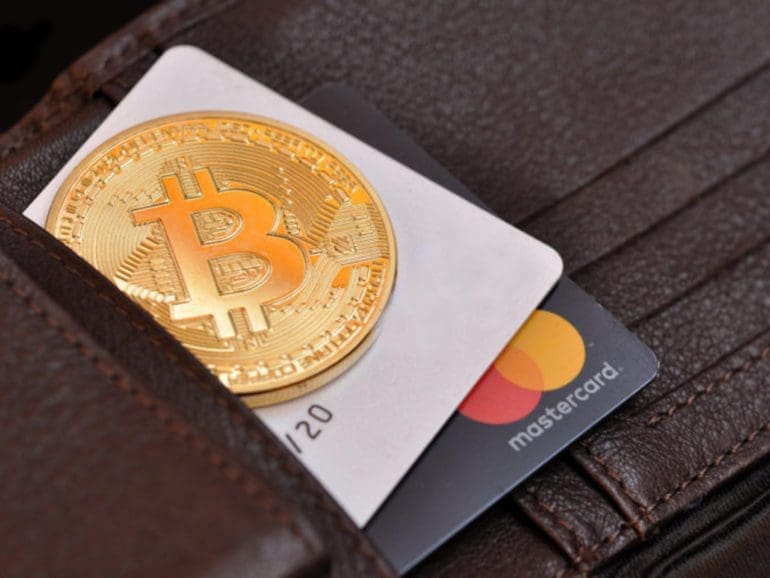Business.com‘s 2022 payment processing study reveals several marketplace disparities, beginning with credit cards and P2P payment methods.
More than 1,500 consumers and small business decision-makers were interviewed. This is the first year of the study, which will be conducted annually.
High fees driving customers to P2P?
Roughly 75% of consumers prefer paying with credit or debit cards. One in four businesses does not accept credit cards because of high fees.

That creates issues. More than half of merchants who do accept credit cards offer incentives to get customers to use other payment methods. Two in three raise prices to offset transaction fees.
“They’re asking consumers who are their shoppers to use other forms of payment, and they even incentivize their customers to pay with cash or debit,” Business.com senior research director Corie Wagner said. “(That’s) so they’re not having to shoulder the credit card processing fees.”
Related:
Wagner said the study aimed to understand how inflation and other economic changes impact the credit card market. They also wanted to see how P2P payment systems are disrupting the market.
The short answer is they are, and it’s just beginning. About 80% of customers use P2P platforms such as Venmo and Zelle, and 84% with those apps use them at businesses.
More than half of smaller firms accept these new payment methods. They respond to the high processing fees charged by credit card companies. Merchants need little equipment to get those methods, too.
“Interestingly, small businesses accept p2p payments because they are primarily between friends,” Wagner said.
“And now it’s something that businesses are accepting. That’s interesting because it might be consumer-led. Businesses are responding to what their consumers prefer and what their consumers are doing naturally, and taking on something that maybe wasn’t originally intended for businesses to use.”
P2P has growth opportunities
There are a couple of disparities in the payment app usage numbers that are worth mentioning. While 80% of customers have P2P apps, only 56% of businesses accept them even though they are less cumbersome.
And while many consumers have these apps, and many businesses accept them, the usage rates are incongruent:
- 58% of companies take CashApp, and only 17% of customers use it for payments;
- 54% of companies accept Google Pay, and only 16% of consumers use it;
- 55% of companies accept Apple Pay, and only 20% of consumers use it;
The numbers are closer for Venmo and Zelle. PayPal, accepted by 83% of merchants, is used by 85% of consumers.
There’s an opportunity for these newer companies to increase the use of their P2P systems while bringing benefits to small businesses.
“I think there could be a great opportunity for education, or maybe just awareness,” Wagner said.
“I think the instinct for a customer when they’re at the point of sale is just to pull out the card and pay that way, which can be very costly for the merchant. Maybe it could be something as simple as putting up a sign of all the accepted payment forms at the point of sale or sending out an email or text to the customers explaining all the payment methods they accept. “
“Even offering some sort of promotion or incentivizing them to use another form of payment could help even out these numbers.”
Cryptocurrencies making small gains
Cryptocurrencies are starting to appear on the horizon, with 23% of small businesses accepting them. Only four percent of consumers use crypto at the till.
“The more that customers bring that up to the places where they’re shopping, businesses might be more inclined to offer that to their consumers if they see that there is a desire,” Wagner suggested.


